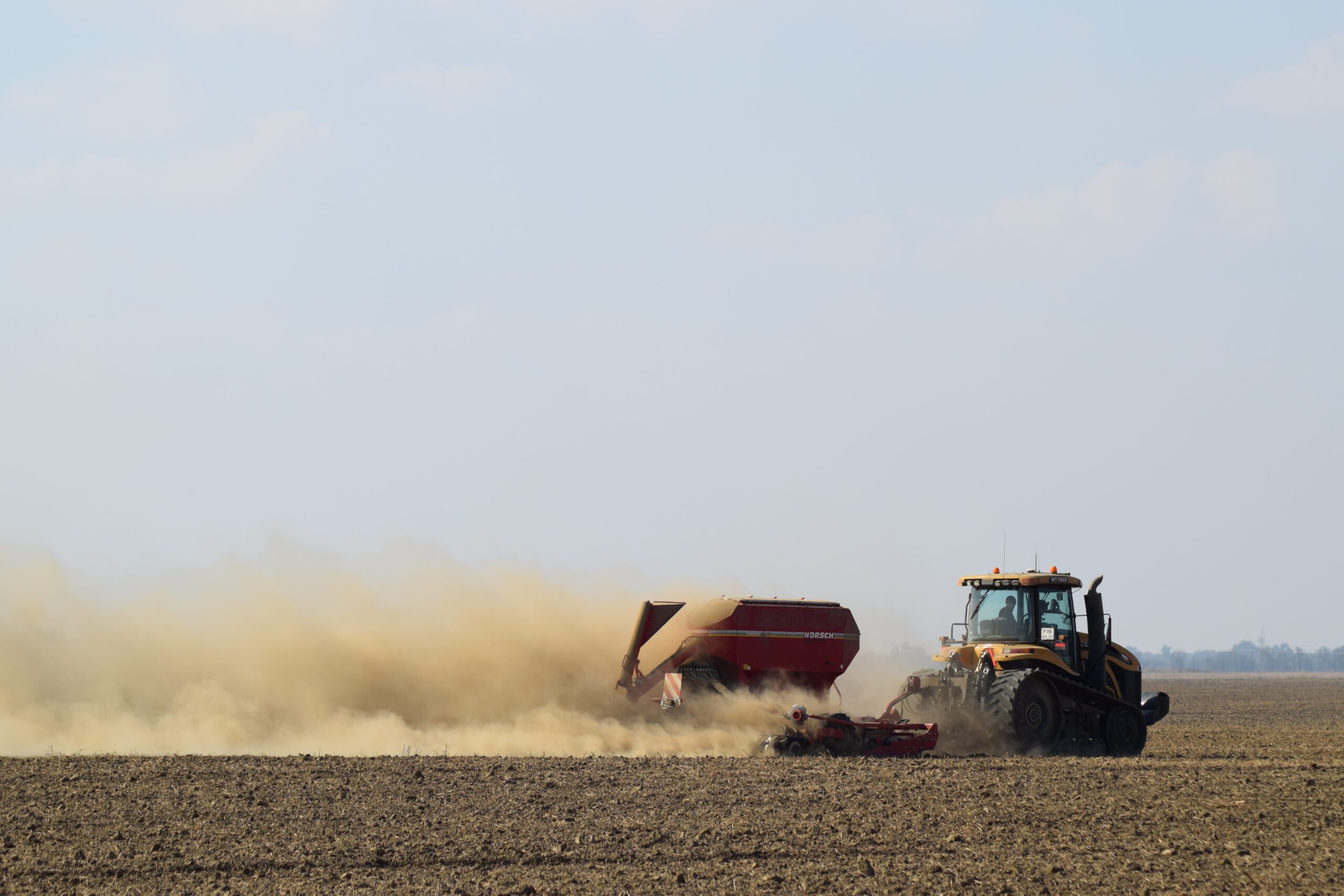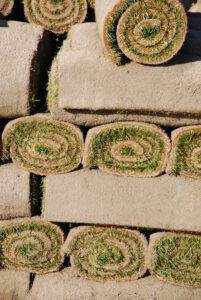Essential Tips for a Lush Green Lawn
1. Water regularly – Adequate water is essential to maintaining healthy grass. During dry spells, lawns can become stressed and susceptible to disease or weed infestation. Make sure your soil has good drainage so that it doesn’t stay too wet either.
2. Mow high and often – Cutting your grass at the highest setting on your mower will encourage deeper roots and help prevent weeds from taking hold. Also, avoid cutting more than one-third of the blade height in any given mowing.
3. Feed properly – A balanced fertilization program with slow-release nutrients applied several times throughout the growing season can promote deep root growth and lush green color. Be cautious about overfertilizing as this can lead to excessive growth and weaken the plant over time.
The Importance of Proper Lawn Mowing Techniques
Maintaining a well-manicured lawn requires proper mowing techniques to ensure optimal growth and health. Here are some tips to follow when mowing your lawn:
1. Adjust the mower blades – Sharpen or adjust the blades before each mowing session to ensure clean cuts without tearing the grass.
2. Keep the mower sharp – Dull blades can cause unnecessary stress on the grass and result in brown patches or other damage.
3. Mow frequently – Regular mowing helps keep the grass tidy and prevents it from becoming too long and difficult to manage. As a general rule, you should never remove more than one-third of the grass blade during any single mowing.
Choosing the Right Fertilizer for Your Lawn
Selecting the right type of fertilizer for your lawn depends on its specific needs and environmental conditions. Here are some factors to consider when choosing a fertilizer:
1. Soil pH level – The acidity or alkalinity of your soil can affect how plants absorb nutrients. If your soil is too acidic or alkaline, certain types of fertilizers may not be effective.
2. Climate – Depending on where you live, different types of grass may thrive better in certain climates. For example, warm-season grasses like Bermuda and St. Augustinegrass do best in hot and humid environments while cool-season grasses such as Kentucky bluegrass prefer cooler temperatures.
3. Nutrient requirements – Each type of fertilizer contains a unique mix of macronutrients (Nitrogen, Phosphorus, Potassium) and micronutrients (Iron, Manganese, Zinc). Determining which nutrients your lawn needs most can help guide your choice of fertilizer.

How to Prevent and Treat Common Lawn Diseases
Lawn diseases can occur due to various reasons including improper watering, poor air circulation, and lack of sunlight. Some common lawn diseases include:
1. Brown Patch – This fungal disease appears as circular patches of dead or discolored turf. It typically occurs during periods of high temperature and humidity. To prevent brown patch, make sure your lawn receives adequate water and avoid excessively wet areas.

2. Snow Mold – This disease occurs when there is snow cover on the ground for an extended period of time. It causes white or grayish-green spots on the lawn. To prevent snow mold, rake away any snow covering the grass and avoid walking on frozen ground.
3. Red Thread – This fungus causes red or pink threads of mycelia to appear on the leaves and stems of affected grass. It usually occurs during periods of high humidity and moderate temperatures. To treat red thread, apply a fungicide according to label instructions.





